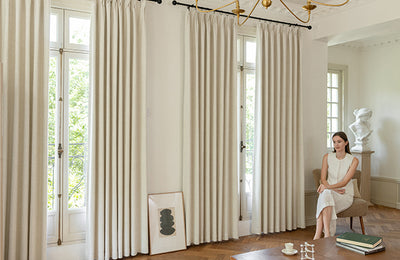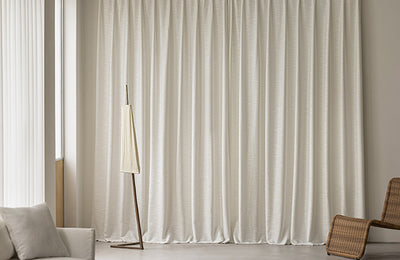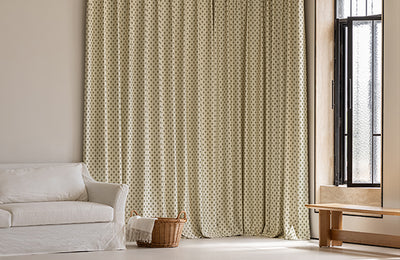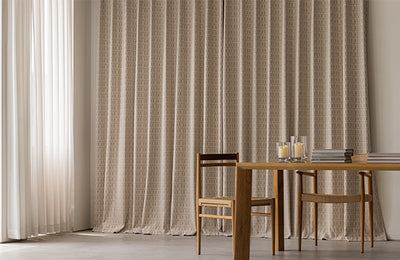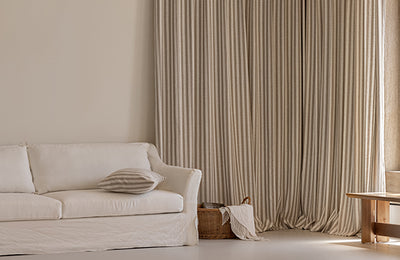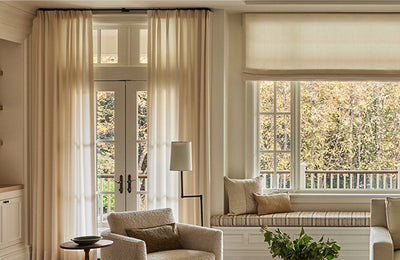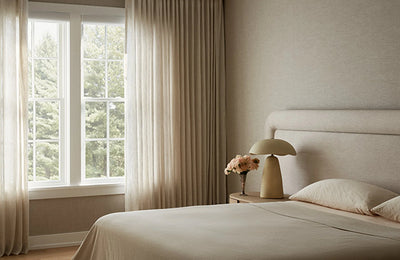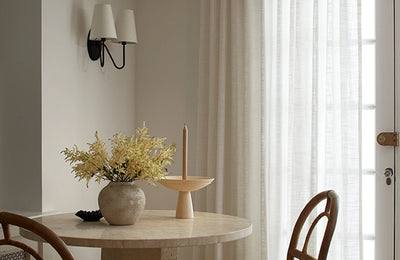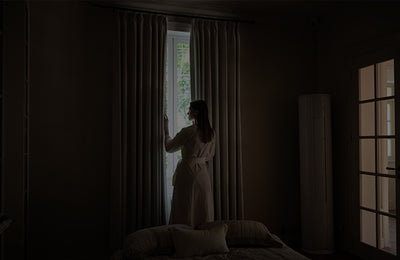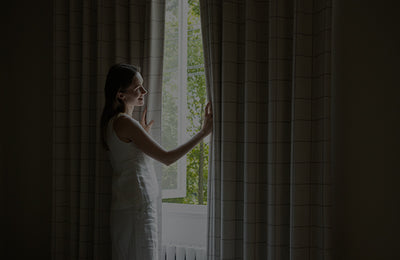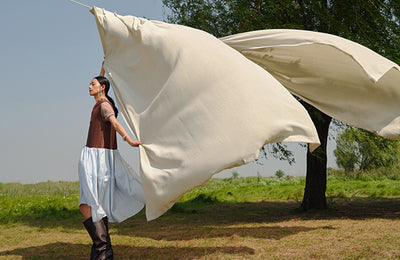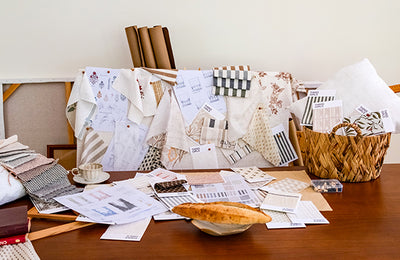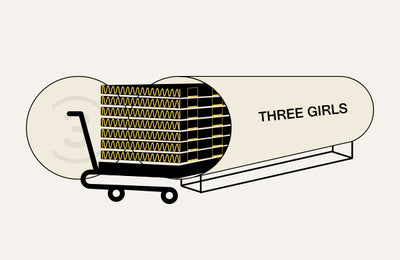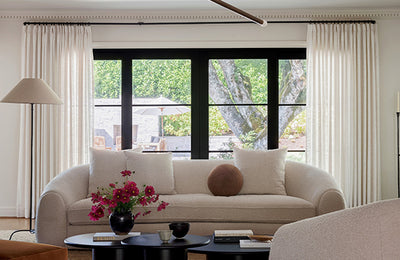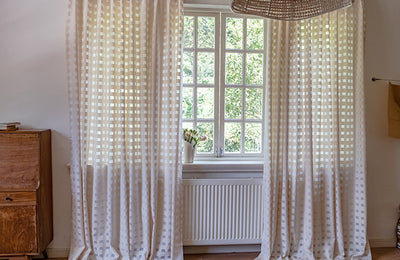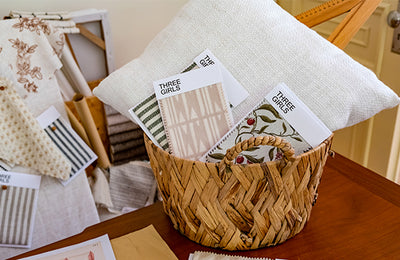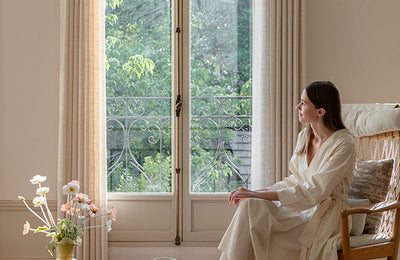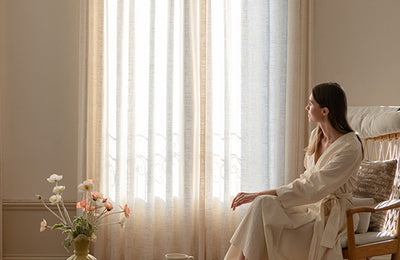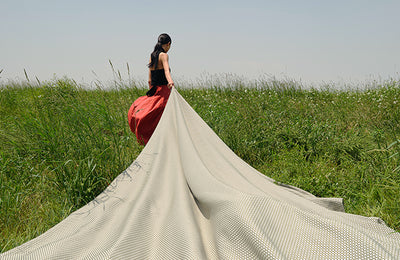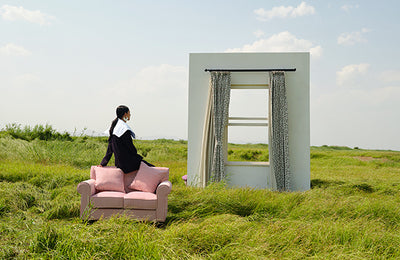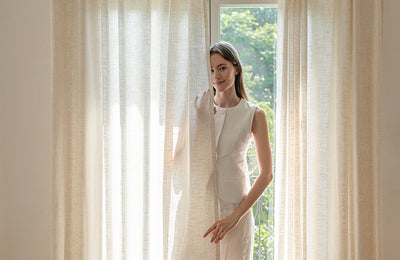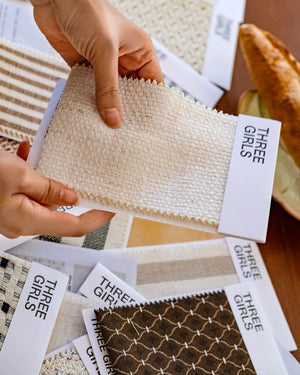FAQs
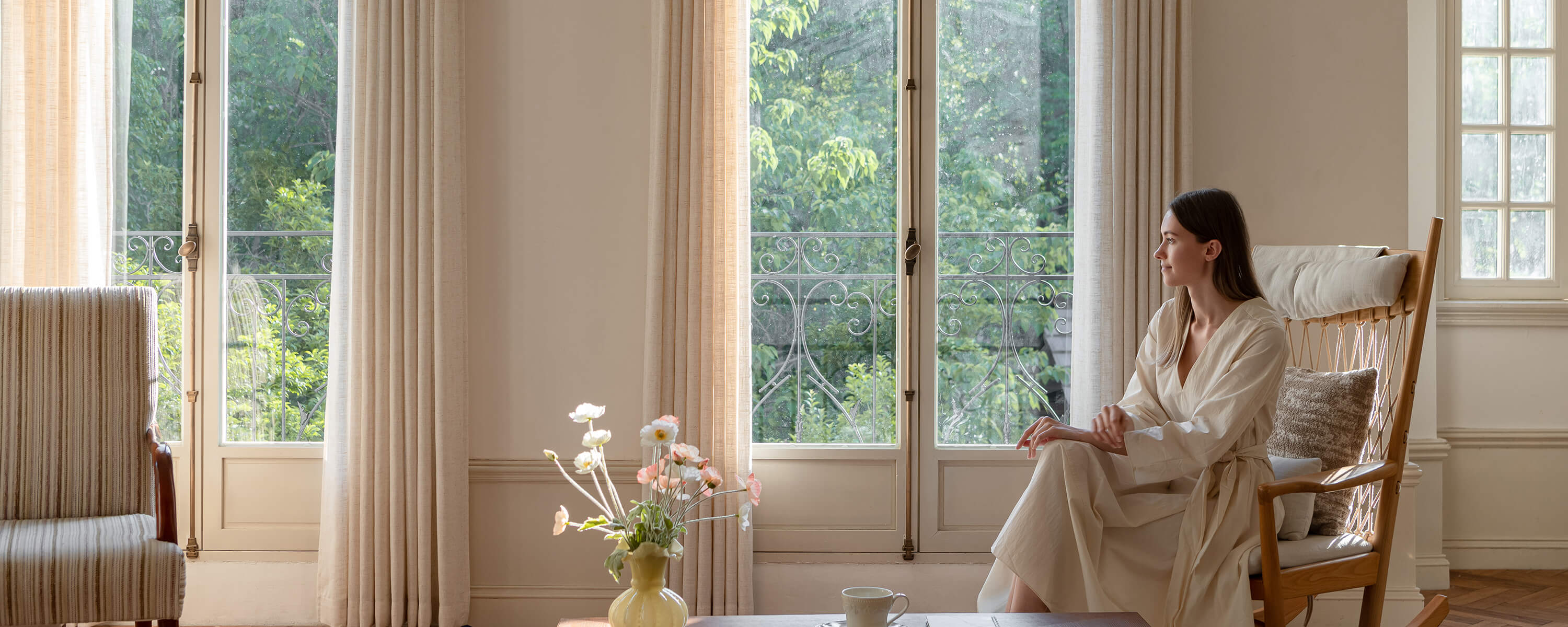
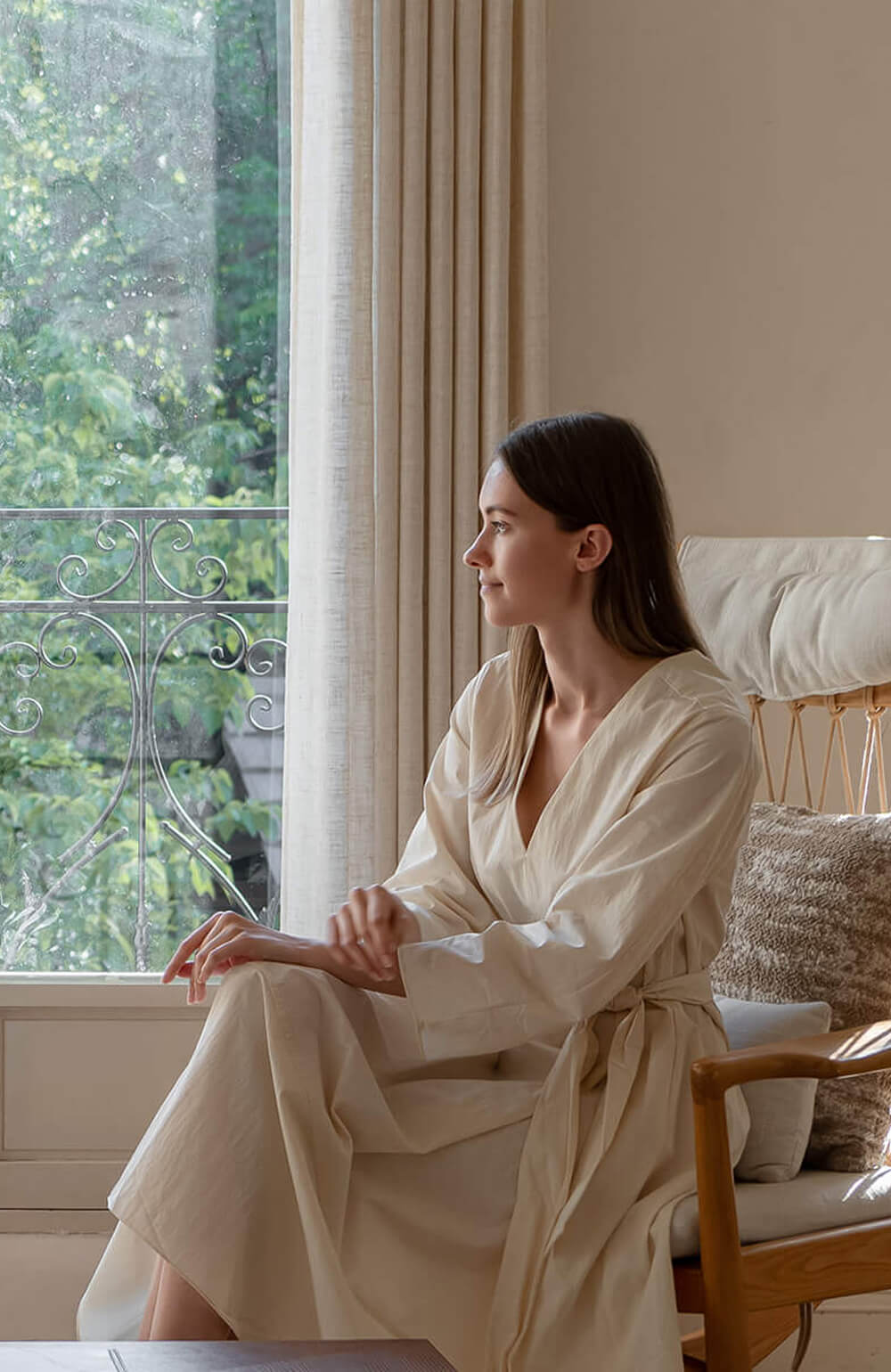
Tailored memory pleated curtains bring effortless elegance to your space.
Memory fabric helps prevent wrinkles and keeps curtains looking smooth without the hassle of frequent ironing.
What Is Memory Training?
Memory training is a professional finishing technique that helps custom curtains maintain their shape and pleats over time. By setting a memory into the fabric, your drapes stay crisp and elegant—whether open or closed—adding lasting refinement to any room.
Using gentle steaming, pressing, and shaping at 248°F (120°C) for up to 120 minutes, this process creates a smooth, structured finish. The result? Drapes that look polished, neat, and effortlessly stylish day after day.

Why Choose Memory Training?
Memory training helps your curtains maintain a clean, structured appearance that lasts. It keeps every pleat and fold in place so your drapes look sharp and elegant with minimal maintenance.
With memory-trained drapery, you get long-lasting style and effortless sophistication—no constant adjusting or steaming needed.
With memory shaping: Crisp, structured drapes with clean vertical lines
Without memory shaping: Curtains may sag at the bottom and lose their original shape and flow

What’s the maximum curtain size for memory shaping?
Maximum width: 160 inches
Maximum length: 263 inches

Does memory shaping work with pleated curtains?
Yes, memory shaping supports pleated curtains perfectly.
Will memory-trained curtains keep their shape during shipping?
Yes. We carefully fold and pack memory-trained curtains to preserve their shape and maintain the memory effect during transportation.
How do I maintain the memory shaping of my curtains?
The memory effect depends on fabric type. Creases may occur from shipping or storage. For best results, remove curtains from packaging and hang them up as soon as possible. If needed, lightly iron the curtains to restore their shape.
Are memory-formed curtains suitable for all types of curtains?
Memory-forming is most effective for pleated curtains and other types that require maintained pleats. It helps these curtains retain their shape and neat pleats over time, preventing them from becoming loose or misshapen. For flat curtains, the effect of memory forming is less noticeable, mainly keeping them smooth rather than pleated.
What types of fabrics are best for memory shaping on curtains?
Memory shaping works best on durable, thicker fabrics like cotton, linen, or polyester. These materials can better withstand steam and shaping techniques, holding their form for longer. For lighter or softer fabrics, the shaping effect might not be as strong.
